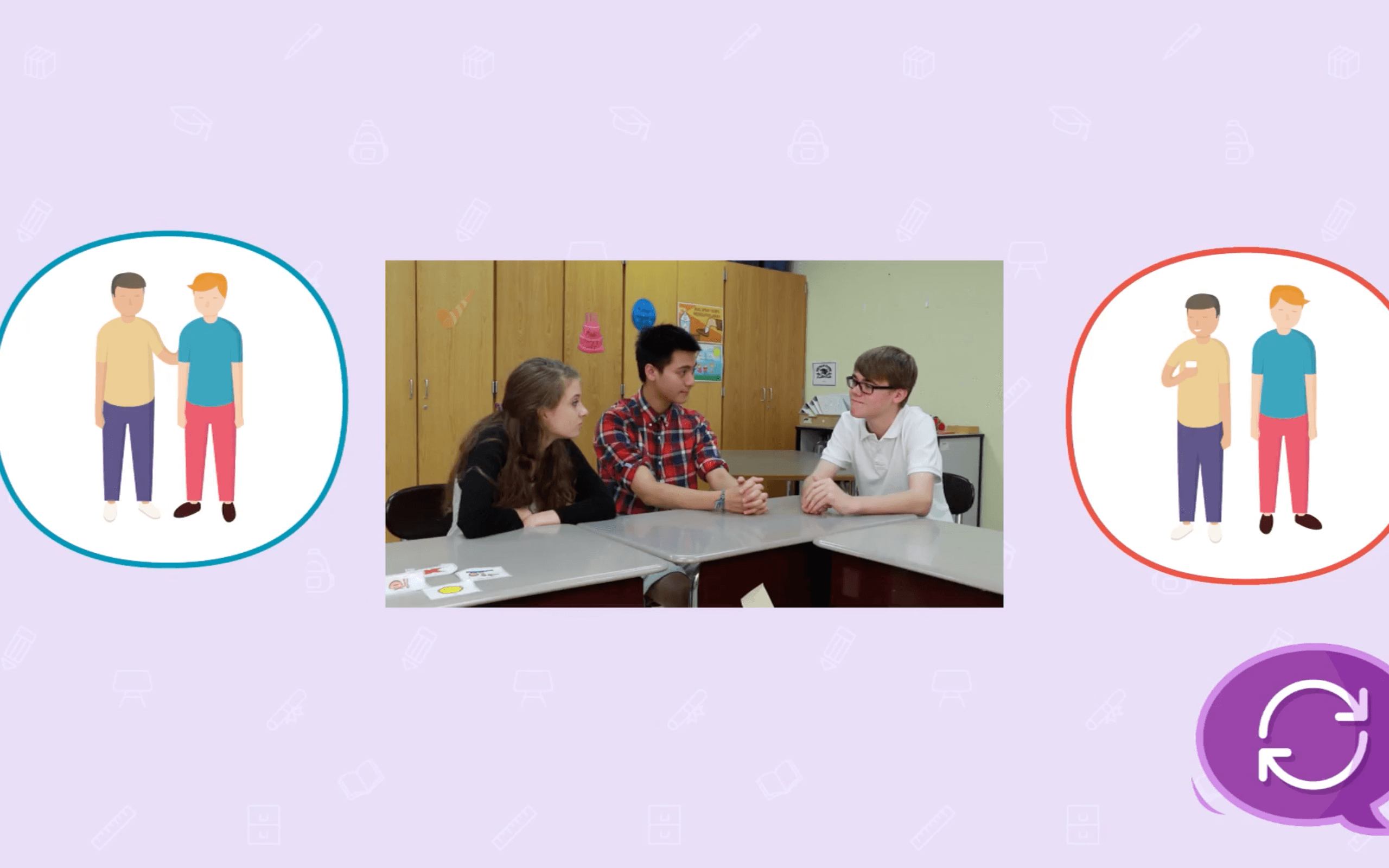
Introduction
Empathy is a crucial skill for students to develop as they navigate through life, forming relationships and understanding the emotions of others. In this blog post, we will explore a no-prep activity designed to help high school students practice empathy and compare situations where empathy is shown or not shown. We will also provide discussion questions to stimulate conversation and reflection on the importance of empathy in social-emotional learning.
No-Prep Activity: Two Sides
In this activity, students will participate in a game called “Two Sides,” where they will take turns acting out scenarios that demonstrate either showing empathy or not showing empathy. Here’s how to facilitate the game:
- Divide the class into small groups of 3-4 students.
- Assign each group a scenario (e.g., a friend is upset about a bad grade, someone is feeling left out at lunch, etc.).
- For each scenario, have the group act it out twice: once with the characters showing empathy and once without.
- After each performance, pause to discuss the differences between the two versions of the scenario and how the characters’ actions and words affected the outcome.
- Rotate scenarios among groups, allowing students to practice different situations and empathetic responses.
This activity encourages students to consider the impact of empathy on their interactions and provides a safe space to practice and develop this essential skill.
Discussion Questions
- How did the characters’ responses differ when they showed empathy versus not showing empathy? How did this affect the outcome of the scenario?
- What are some specific ways you can show empathy to others in your daily life? How can you practice empathy even when it’s challenging?
- Why is empathy important in building strong relationships and fostering a supportive community?
- Can you think of a time when you showed empathy to someone? How did it make you feel? How do you think it made the other person feel?
- How can we encourage others to show empathy and create a more empathetic environment in our school and community?
Related Skills
In addition to empathy, there are many other skills that contribute to students’ social-emotional development. Some of these include:
- Active listening: Focusing on what others are saying and responding thoughtfully.
- Effective communication: Clearly expressing thoughts and feelings, and understanding the perspectives of others.
- Conflict resolution: Addressing disagreements calmly and working together to find a solution.
- Emotional regulation: Identifying and managing emotions in a healthy and constructive way.
- Collaboration: Working together cooperatively and valuing the contributions of others.
Next Steps
Empathy is a fundamental component of social-emotional learning, and incorporating activities like “Two Sides” can be a powerful tool in fostering empathy in your students. To further explore and develop these essential skills, we encourage you to sign up for free sample materials from Everyday Speech. These resources will provide you with additional tools and strategies to support your students’ social-emotional growth and help them thrive in their relationships and interactions with others.

